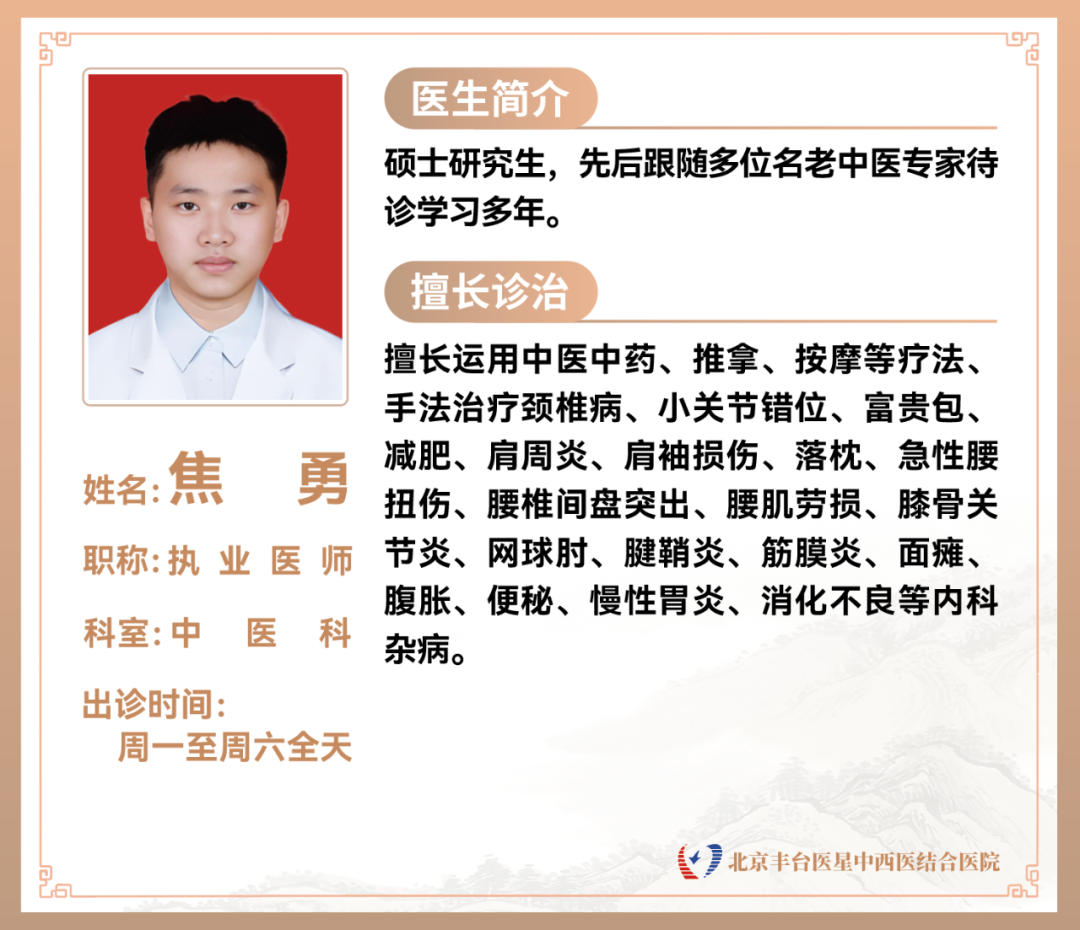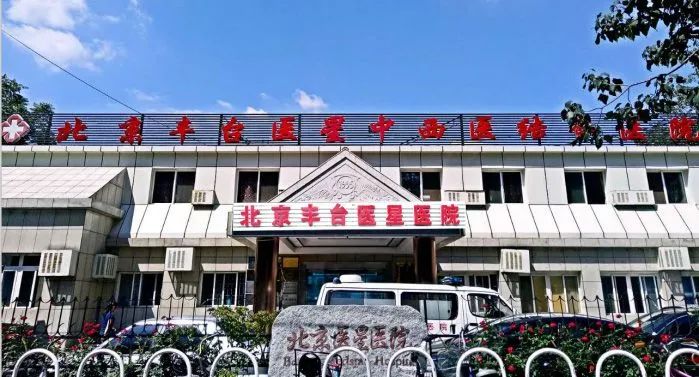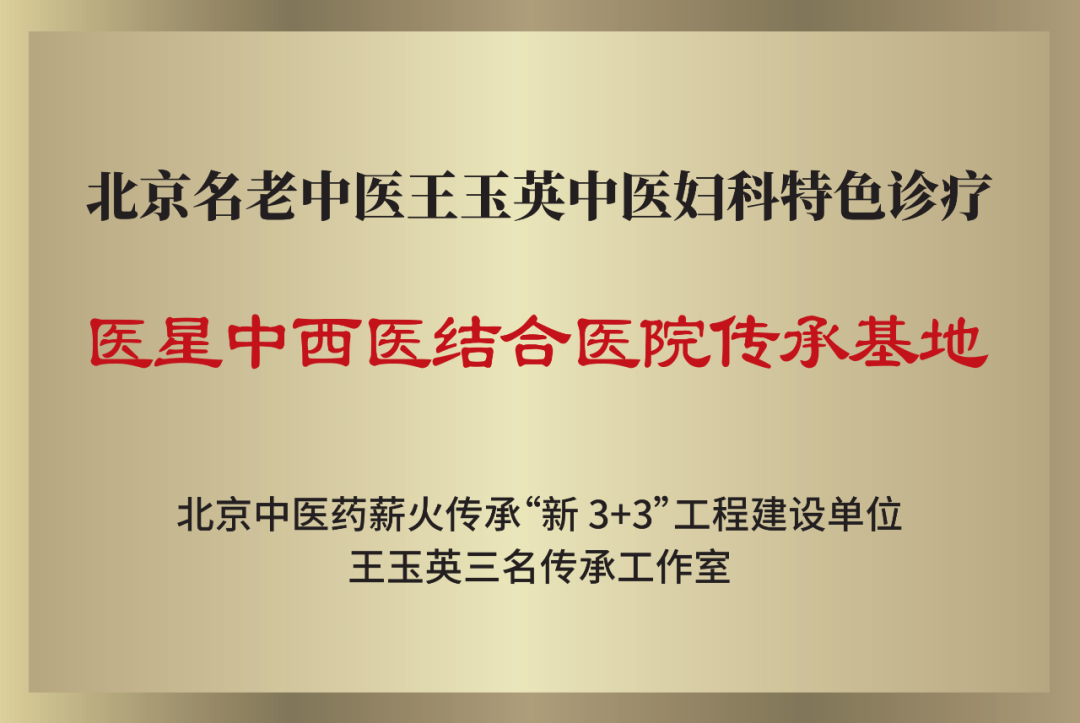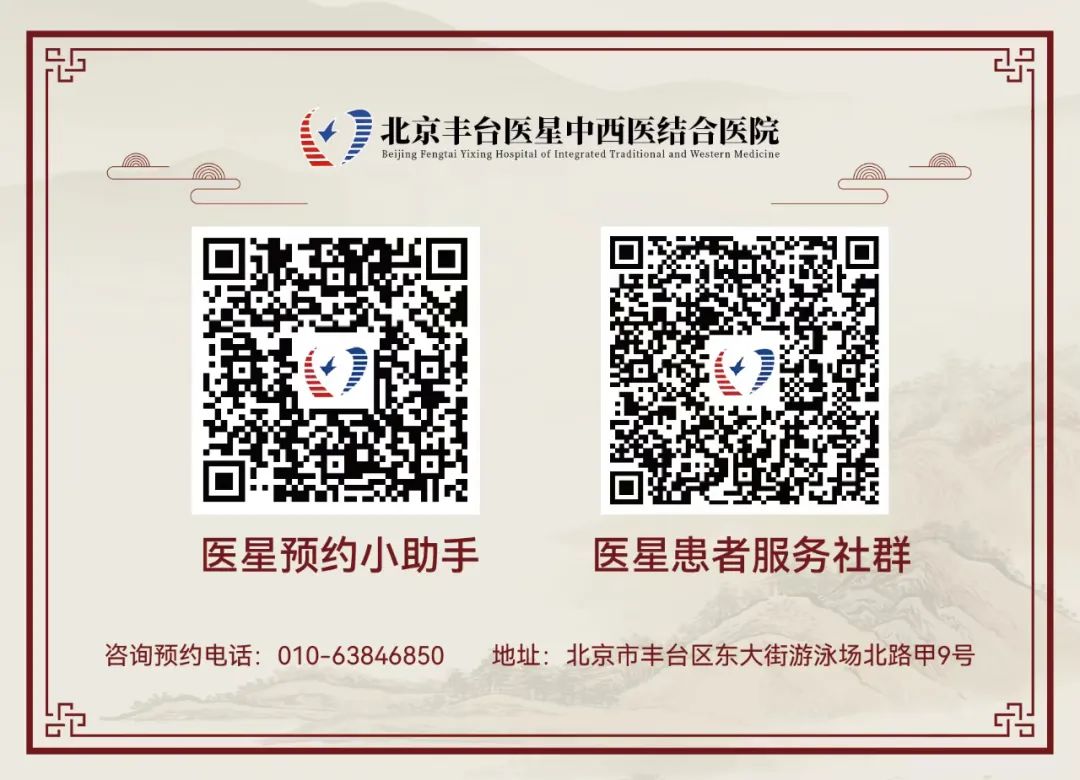Traditional Chinese Medicine Tuina
As stated in the Huangdi Neijing:
“When the meridians are blocked, illness arises from lack of sensation,
and it is treated with massage,”
indicating that Tuina has a long history,
and is praised as an “ancient medical art.”
01 The Meaning of Traditional Chinese Medicine Tuina
Traditional Chinese Medicine Tuina is based on the theories of TCM organ and meridian systems, combined with Western anatomical and pathological diagnostics. It uses manual techniques on specific areas of the body to regulate physiological and pathological conditions, achieving therapeutic goals.
In nature, it is a physical therapy method. Practitioners use various techniques and strengths to aim for effects such as unblocking meridians, promoting qi and blood circulation, alleviating pain, dispelling pathogens, and harmonizing yin and yang.
Massage ≠ TCM Tuina
There are many massage places in the market with varying prices. Some massages can relieve physical stress, while others may not only fail to relax the body but also cause more pain and a burning sensation on the skin… Therefore, many people cannot distinguish between TCM Tuina and regular massage.
Massage and Tuina are two different concepts and should not be confused.
Massage can relax muscles and temporarily relieve fatigue, but it cannot treat diseases. In contrast, Tuina is a high-standard TCM treatment method that alleviates muscle and meridian issues. It requires prior examination and diagnosis, combined with acupuncture, medicinal wine, and instruments, with professional techniques and precise acupoint targeting, achieving effects such as dispelling wind and dampness, warming meridians, relieving stress, and enhancing immunity, as well as having bone-setting effects.
Traditional Chinese Medicine Tuina
02 Neck, Shoulder, Waist, and Leg Pain
Neck, shoulder, waist, and leg pain encompasses many diseases and is a collective term for a group of conditions. It refers to pain caused by changes in the cervical, lumbar, thoracic, and sacral vertebrae, which can manifest as discomfort such as pain, numbness, and soreness in the neck, shoulder, waist, and legs.
Common neck and shoulder pains include: cervical spondylosis, stiff neck, shoulder periarthritis, and rotator cuff injuries;
common waist and leg pains include: lumbar disc herniation, lumbar myofascial pain syndrome, acute lumbar sprains, and chronic lumbar muscle strain.
TCM Tuina has significant effects in alleviating these pains. It is important to note that: the symptoms of these pains may vary from person to person and require a doctor’s diagnosis to determine.

Dr. Jiao Yong performing Tuina for a patient
Treatment Principles
By applying techniques to the surface of the body, Tuina regulates the internal and external environment of the body, improves pathological and physiological processes, and stabilizes the state. Tuina can improve local blood circulation, relieve muscle spasms, reduce inflammation, and alleviate pain, while also adjusting the nervous system function and relieving physical fatigue. The specific methods of Tuina vary from person to person and need to be selected based on the patient’s specific condition. Generally, the principles of Tuina treatment include: uniform, lasting, strong, gentle, and penetrating.
Traditional Chinese Medicine Tuina
03 Four Types of Tuina for Symptomatic Treatment
① Shoulder and Neck Tuina
The shoulder and neck are areas where toxins easily accumulate, which is key to disease. From a TCM perspective: the human body is divided into three burners, which govern: qi circulation, blood circulation, and water circulation. The first to be affected is qi circulation, as insufficient qi and blood leads to stagnation, and without smooth blood flow, water cannot circulate, resulting in toxin retention.
vIndications: Suitable for neck and shoulder soreness, shoulder periarthritis, uneven shoulders, back stiffness, dizziness, and headaches.
vEffects: Using acupressure and other techniques, it helps expel toxins, relieve shoulder and neck muscle fatigue, stiffness, and pain, addressing qi and blood stagnation, thus promoting blood circulation and dispelling wind and cold.
② Waist and Leg Tuina
TCM believes that “prolonged lying injures qi, prolonged sitting injures flesh.” When sitting or lying for long periods, qi and blood circulation slows down, and venous flow becomes obstructed, leading to pain as “where there is no flow, there is pain.”
vIndications: Waist and leg Tuina is effective for lumbar disc herniation, waist and leg soreness, lumbar muscle strain, and acute lumbar sprains.
vEffects: The practitioner uses their hands on the patient’s surface, injured areas, specific acupoints, and painful spots, employing various techniques such as pushing, grasping, pressing, rubbing, kneading, pinching, tapping, etc., to achieve effects such as unblocking meridians, promoting qi and blood circulation, alleviating pain, dispelling pathogens, and harmonizing yin and yang.
③ Abdominal Tuina
Abdominal Tuina, commonly known as “belly rub” or “abdominal massage,” is an important component of Tuina therapy, using hands and elbows to apply specific techniques on the patient’s abdomen.
vIndications: Improves qi and blood stagnation, liver and kidney deficiency, fullness, cold and heat, accumulation, and sub-health states.
vEffects: Aims to eliminate organ stagnation, adjust yin and yang, regulate organs, strengthen the spleen and kidneys, unblock qi and blood, activate meridians, calm pain, eliminate fatigue, enhance physical fitness, and combat aging.
④ Knee Tuina:
As the saying goes, “the legs age first as one grows old, and the knees age first among the legs.” There are many causes of knee pain and swelling, mostly due to adhesion of the periosteum and fascia, degeneration of joint cartilage, and obstruction of surrounding capillaries. Knee joint pain is also common among the elderly.
vIndications: Suitable for knee osteoarthritis, cold sensitivity in the knees, pain when going up and down stairs, and pain when squatting or standing up.
vEffects: Through techniques, it promotes blood circulation, reduces swelling and pain, alleviates or relieves muscle spasms, separates adhesions, corrects misalignment of small joints, and prevents joint stiffness and muscle atrophy, achieving the effect of “correcting bones and muscles.”
The Beijing Yixing team has rich clinical experience, professional Tuina skills, and unique techniques, combined with TCM regulation, allowing patients to feel safe, relaxed, and comfortable while achieving preventive effects against diseases, preventing disease progression, and preventing recurrence after recovery.
Physician Recommendations

Introduction to Beijing Fengtai Yixing Integrated Traditional Chinese and Western Medicine Hospital
Beijing Fengtai Yixing Integrated Traditional Chinese and Western Medicine Hospital was established in 1988, as a non-profit, insurance-designated hospital in Beijing (Insurance Number: 06155003), a designated hospital for the Nanjing Municipal Federation of Trade Unions in Beijing and Tianjin, a demonstration base for the China Pain Rehabilitation Industry Technology Innovation Strategic Alliance, a supporting unit for the Integrated Traditional Chinese and Western Medicine Orthopedic Treatment Department of the Air Force General Hospital of the People’s Liberation Army, a member unit of the China Pain Rehabilitation Industry Technology Innovation Strategic Alliance, the Fengtai Branch of the Pain Diagnosis and Treatment Center of Beijing Xuanwu Hospital, a grassroots base for the “Three Famous Doctors” project of Beijing University of Chinese Medicine, and a national AAAAA unit recognized by the Ministry of Civil Affairs. The hospital has always adhered to the spirit of “benevolence, sincerity, dedication,” and insists on the concept of “people-oriented, patient-centered.” It has developed into a modern integrated hospital of traditional Chinese and Western medicine with complete specialties, prominent features, a gathering of famous doctors, exquisite technology, excellent service, beautiful environment, and standardized management, integrating medical treatment, prevention, health care, and rehabilitation.

The hospital covers an area of 4260 square meters, with 77 beds, an average of 900 outpatient visits per day, and currently offers departments including Traditional Chinese Medicine, Integrated Traditional and Western Medicine (New Medical Orthopedic Center), Internal Medicine, Surgery, Obstetrics and Gynecology, Pediatrics, Ophthalmology, Otolaryngology, Dentistry, Dermatology, Anesthesiology, Medical Laboratory, and Medical Imaging; it has 15 chief physicians, 18 associate chief physicians, 29 attending physicians, 20 practicing physicians, and 10 assistant physicians, with 31 multi-practice physicians. The hospital is equipped with MRI, color ultrasound, large X-ray machines, color Doppler ultrasound examinations (cardiac color ultrasound, vascular color ultrasound, etc.), fully automatic biochemical analyzers, dynamic electrocardiograms, dynamic blood pressure monitoring, ultrasound bone density, transcranial Doppler ultrasound, arterial stiffness testing, and 24-hour dynamic electrocardiogram monitoring (Holter) and other auxiliary examination equipment.

The hospital has now formed two major specialty outpatient clinics: the New Medical Orthopedic Center and the Traditional Chinese Medicine Department. The TCM Department has invited nationally renowned TCM experts and a team of famous doctors from the “Three Famous Doctors” project, including Professor Wang Yuying, a famous TCM master in the capital, Professor Chen Ming, a famous doctor in the capital/Beijing University of Chinese Medicine expert, Professor Han Shiming, a nationally renowned tumor expert, Professor Cui Shusheng, a national-level famous TCM expert and honorary director, Professor Cheng Hanqiao, chief physician of the Endocrinology Department of the China Academy of Chinese Medical Sciences Xiyuan Hospital, and Professor Li Quan, chief physician of the Anorectal Department, among others. The hospital has successively established comprehensive TCM diagnosis and treatment centers for TCM oncology, TCM spleen and stomach, TCM gynecology, TCM dermatology, TCM pain management, TCM pediatrics, rapid painless acupuncture treatment for post-stroke sequelae, TCM massage, acupuncture Tuina, and intangible cultural heritage water cupping. Our specialty diagnosis and treatment New Medical Orthopedic Center continues to inherit and fully explore the Feng’s orthopedic therapy from Professor Feng Tianyou of the Air Force General Hospital, relying on the expertise of Vice President and Center Director Liang Guoyue, Academic Deputy Director Wei Liangqu, Business Deputy Director Wang Chunlei, and renowned doctors such as Kong Deliang, Zhang Xinhe, Yi Pengfei, Ding Weixing, Huang Wei, Wang Shuanglong, and others, forming a well-equipped and strong expert team; with exquisite techniques to relieve pain for more patients, free them from surgical troubles, and restore normal life.
For many years, the hospital has continuously improved medical technology, enhanced medical services, ensured medical safety, innovated service models, optimized the medical process, promoted military-civilian integrated consultations, implemented a no-holiday outpatient service, and actively provided efficient, warm, and high-quality diagnosis and treatment services for a wide range of patients. The hospital has successively won honors such as the 2023 “Most Beautiful Trade Union Outdoor Laborer Service Station,” designated unit for elderly (and disabled) services in Fengtai District, and advanced grassroots party organization.
Yixing is committed to “serving the Party” and safeguarding health; the Yixing team is always on the road!


